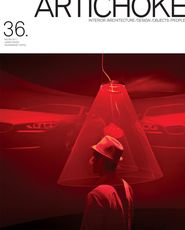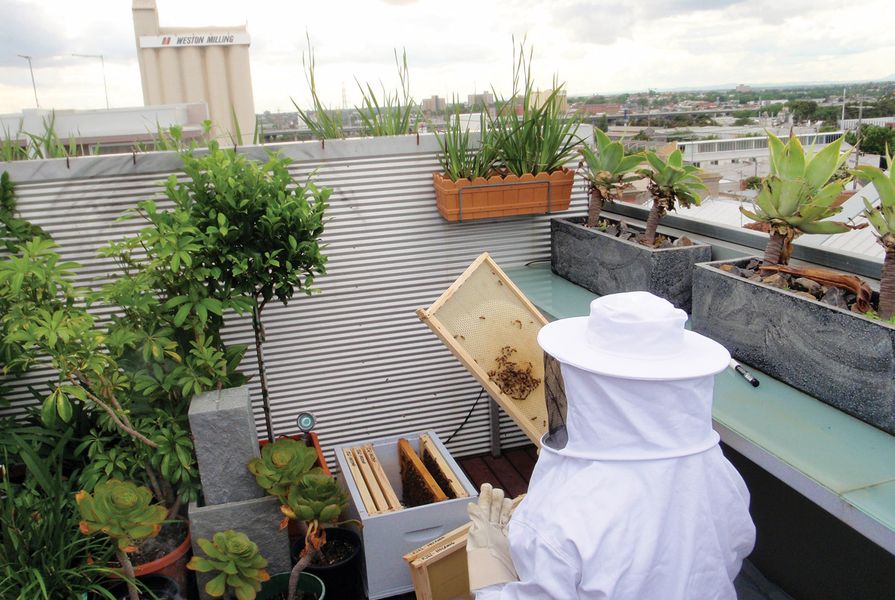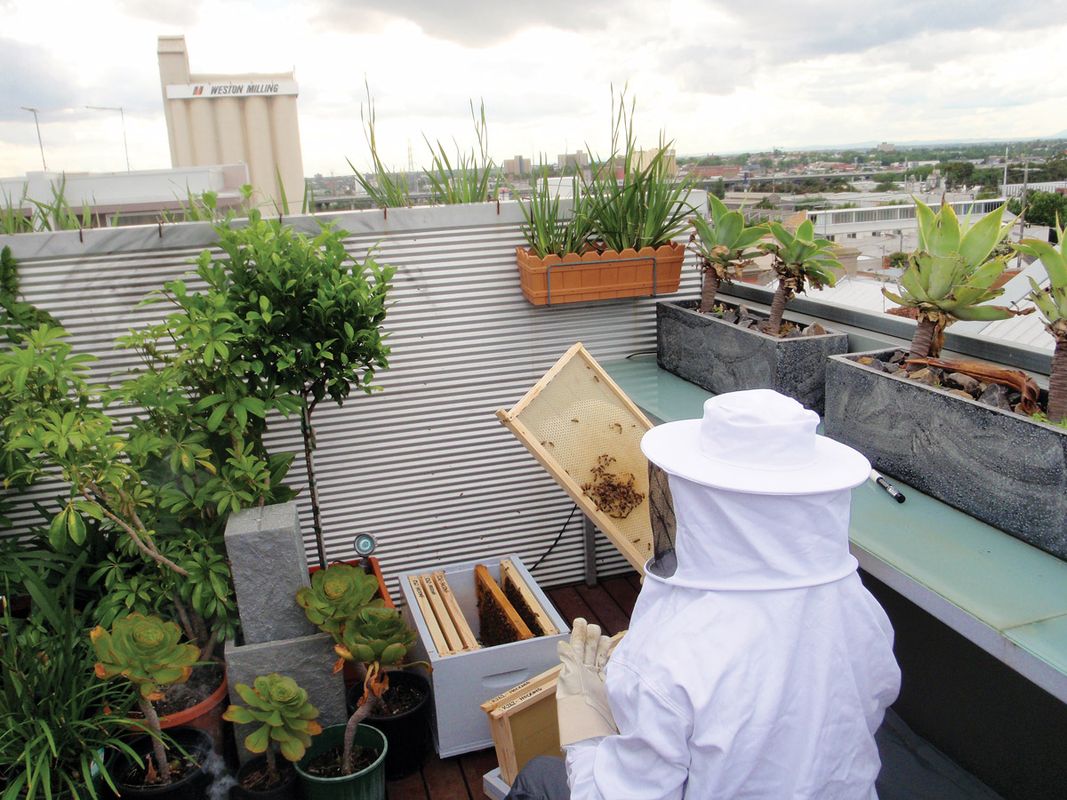Marcel is peering out into the courtyard toward the Duchess’s rare orchid and wondering about the birds and the bees. He knows that an insect, such as a bumblebee, is required to relieve the orchid of what he calls its “virginity.” The bee must rub its furry body on the receiving pistil, having already collected some pollen from the male counterpart, the stamen. You may remember this from your high-school biology class. Pollen must be transported from the male to the female, a task carried out by the industrious bee (or other insects).
As a result of increased urbanization, pesticide, a specific mite that can prove lethal to bee colonies, and a general decline in beekeeping, bee colonies have been in rapid global decline. This spells disaster for us, not to mention the countless other species with whom we share our delicately balanced ecology. In response to this dire situation, clever enterprises such as Rooftop Honey in Melbourne have been redirecting feral bees into a network of urban beehives. Vanessa and Mat of Rooftop Honey have organized a network of participating cafes and businesses, all of which are happy to host bee colonies – mostly on unused roof space – in exchange for honey. From time immemorial honey has been referred to as liquid gold, but more than that it is a material upon which the shared project of safeguarding the human species depends. One third of human food supply depends on insect pollination, for the most part undertaken by bees.
This being a design journal, the question that needs to be addressed is how design thinking is being demonstrated, both by a business such as Rooftop Honey and by the busy bee itself. Importantly, the bee is nothing without its collective, its lovely honeycomb architecture and its queen. Do the organized business of the bees, their remarkable architecture, their social order and the liquid gold they produce all speak strongly of an über-designer in the sky looking after things top down? Or rather, is this a case of the productive and beautiful stupidity of a multiplicity of local agents, with a designated task to complete? In their encounter with other agents, is a greater organization made manifest? Yes, there is the queen bee that all the other bees follow (and this is how Vanessa and Mat capture their feral hives, by making sure they have captured the queen), but what is actually at work is a system of self-organization, a marvel of emergence. Through its animal architecture, the bee suggests that architecture is not reserved for the human designer’s hands alone; we are all in this one fragile world together. Likewise, while Rooftop Honey operates as a custodian, everything depends on the cooperation of the collective.
What can designers learn from these cooperative assemblages of human and non-human actors? There is the fascination in the performative structure of the beehive, its hexagonal organization, which allows a maximal space to be enclosed through an economy of material and geometric means. This is a geometry in nature that has been long taken up by designers. Beyond this, the designer also needs to understand that they play but one role in a larger assemblage of actors, and that an optimum contingent of collaborating participants is required. Marcel, the protagonist of Marcel Proust’s In Search of Lost Time, comes to the realization that a network of connections delicately holds his own mental, social and environmental ecologies together. He demonstrates that it is worthwhile reflecting further on the dilemma of the bee, and then to support ventures such as Rooftop Honey. There is no time to be lost!
Contact
Rooftop Honey
info@rooftophoney.com.au
www.rooftophoney.com.au
Source

Discussion
Published online: 22 Nov 2011
Words:
Hélène Frichot
Images:
Courtesy of Rooftop Honey
Issue
Artichoke, September 2011
















